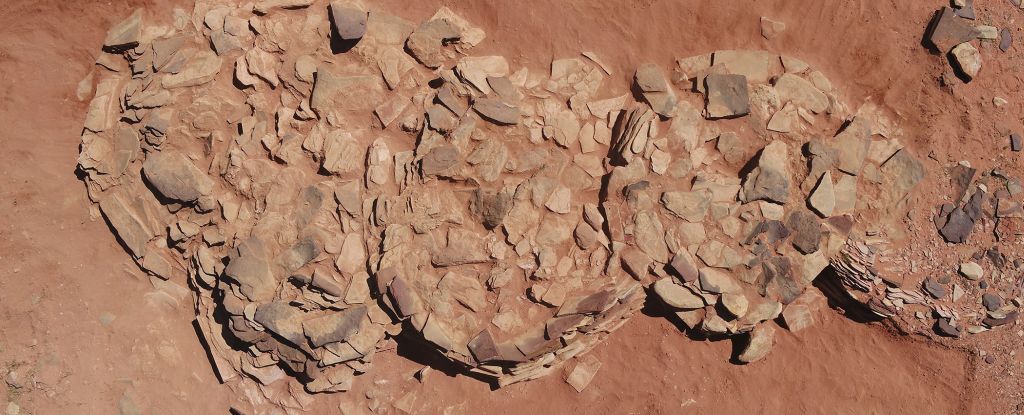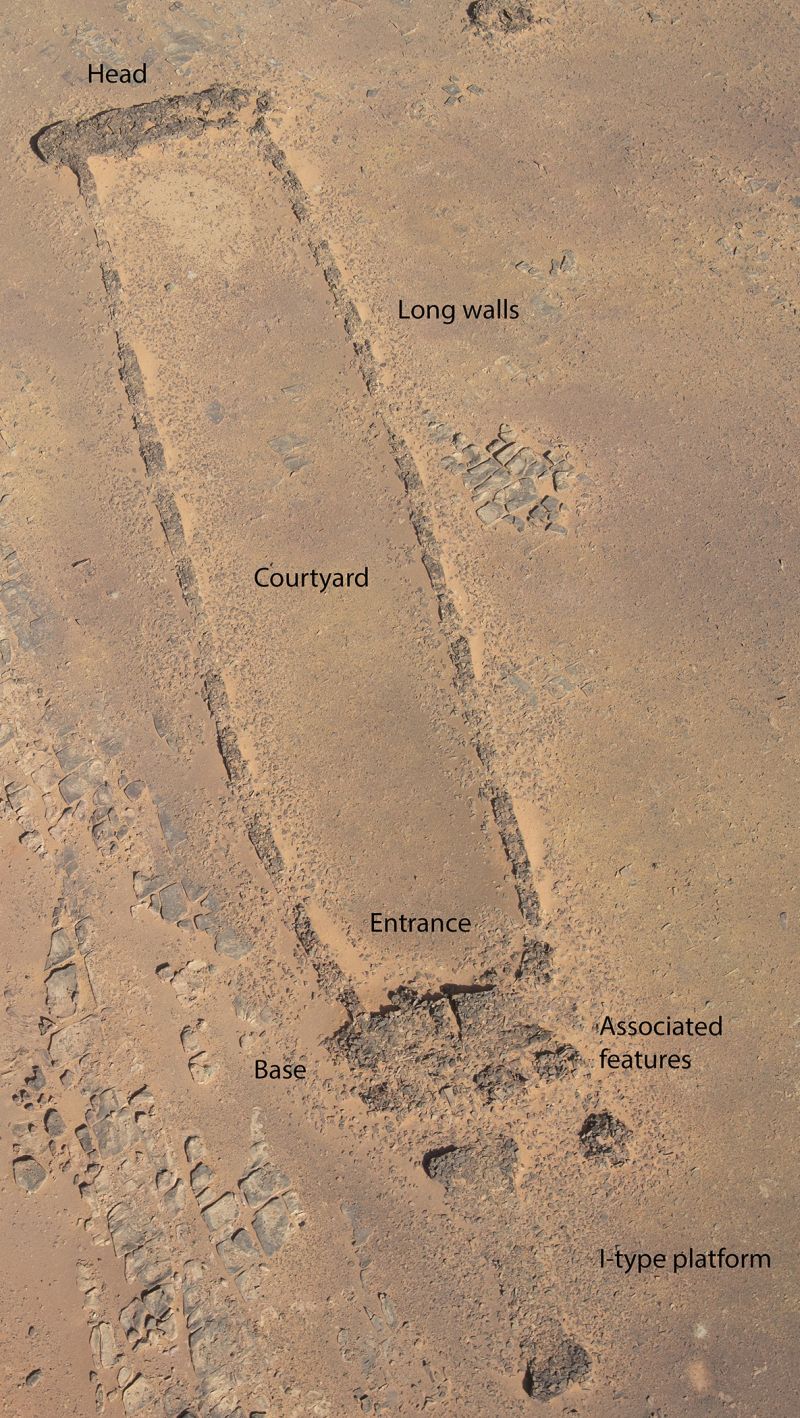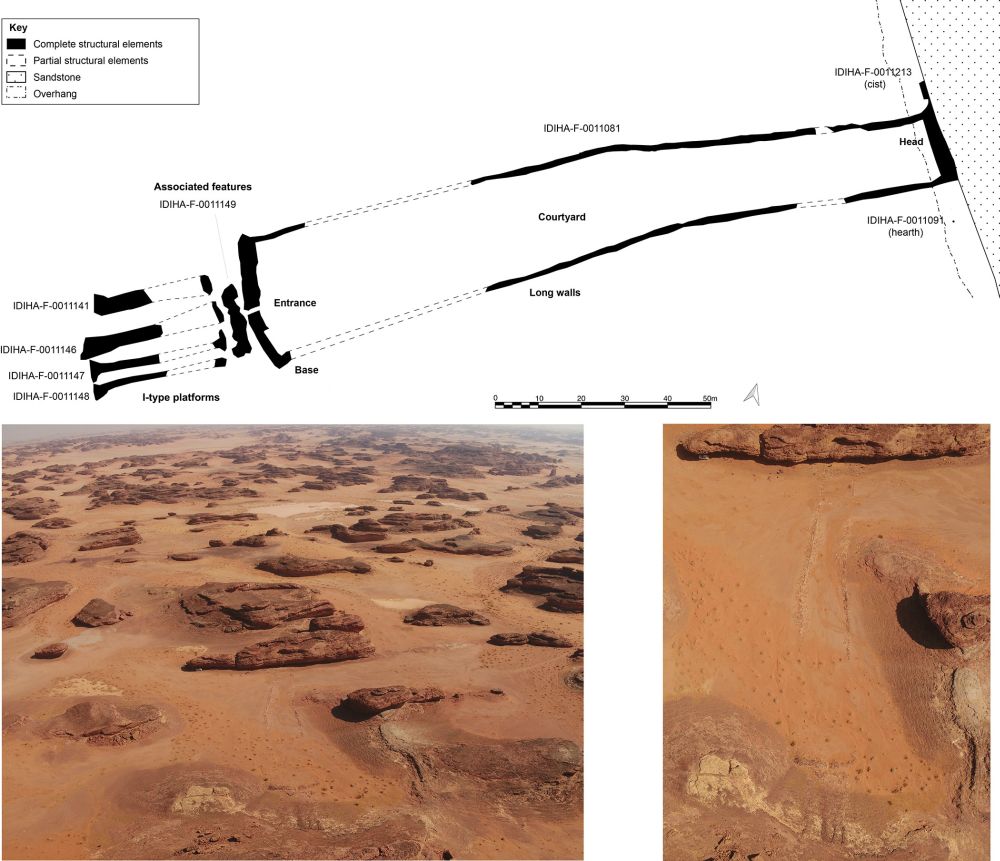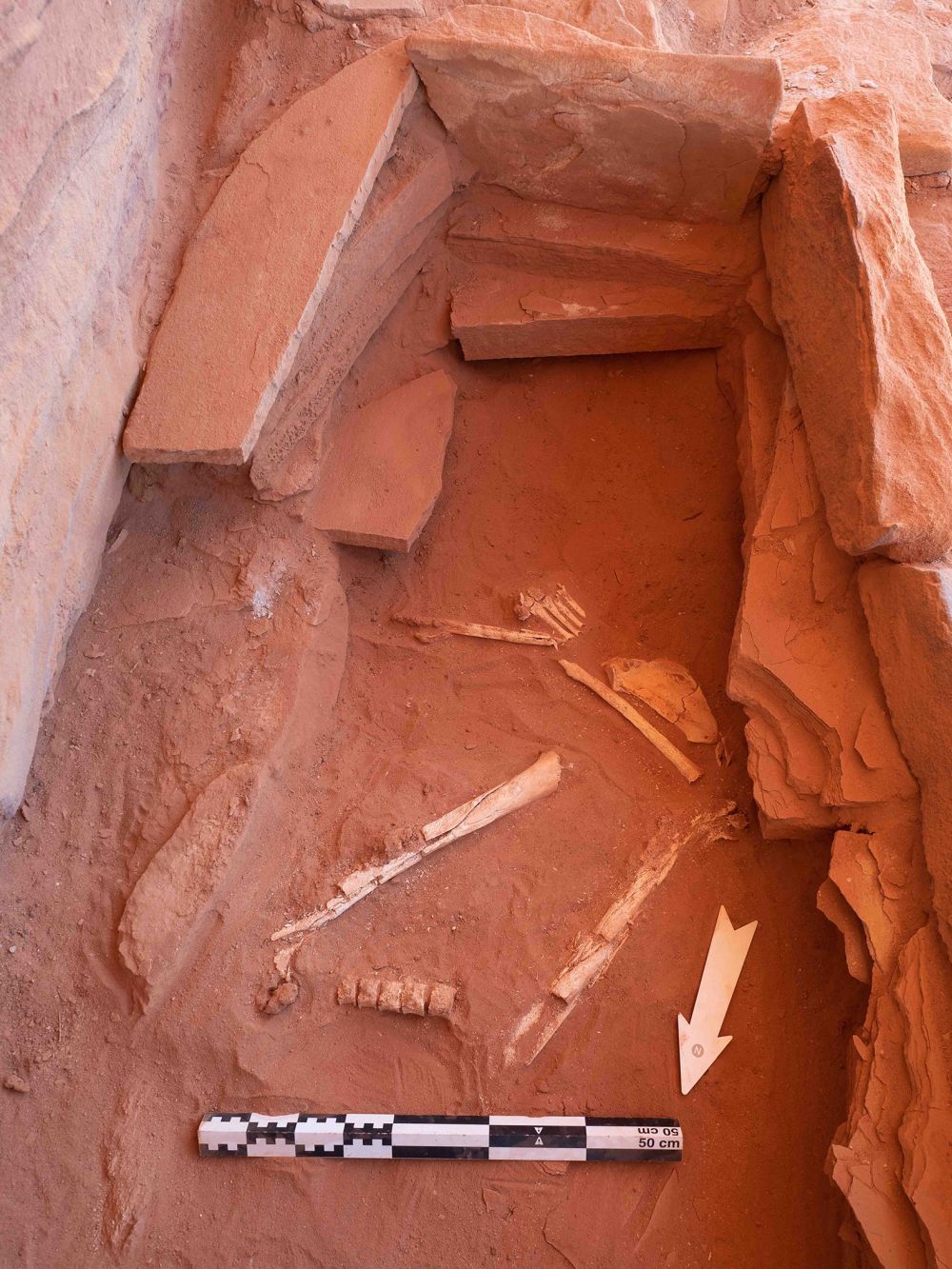According to a ScienceAlert report, in 2019, an international team of scientists led by archaeologist Melissa Kennedy of the University of Western Australia excavated a 140-meter long sandstone Mustatil near Al-‘Ula, in northwest Saudi Arabia, named IDIHA-F-0011081. The mysterious, rectangular enclosures were used by Neolithic people for unknown rituals. The excavations have revealed hundreds of fragments of animal remains, clustered around an upright slab of stone interpreted as sacred. This suggests that the stone slab is a sacred stone representing the god or gods of the people who lived in the region thousands of years ago.

The Mustatils are a unique discovery in the field of archaeology. These structures are found only in northwest Saudi Arabia and were first discovered in the 1970s by aerial photography. These strange looking structures are made of rocks and are rectangular in shape, with a length that is typically greater than its width. The structure’s walls are constructed with rocks that are laid on top of each other, without the use of mortar or cement, in a technique known as dry-stone masonry. The Mustatils can vary in size, with some being relatively small, and others being up to tens of meters in length.

They are believed to be ancient structures that were built during the Neolithic period, which dates back to around 8,000 years ago. The Mustatils are still shrouded in mystery, and their purpose is not entirely clear. Some experts believe that they may have been used for religious or ceremonial purposes, while others suggest they could have been used for astronomical observations or as livestock enclosures.

Another theory suggests that Mustatils were used for hunting. The stone walls may have created barriers that funneled animals into a narrow space where they could be easily hunted. This theory is supported by the presence of ancient animal traps near some Mustatils.

Some experts propose that Mustatils were used as tombs or burial chambers. The structures’ uniformity and the presence of human remains found near some Mustatils support this theory. However, not all Mustatils contain human remains, casting doubt on this theory. Whatever their original purpose, these structures are a fascinating discovery that provides insight into life in ancient times in the region.
In the last few decades, archaeologists studying the Mustatils have found that they were constructed during a period of increased rainfall in the area, which may have allowed for larger populations and more complex societies. The structures themselves are aligned with astronomical features, such as the rising and setting of the sun and moon, suggesting that they were used for astronomical observations or rituals.
One of the most fascinating discoveries in Northwest Saudi Arabia is the presence of rock art near the Mustatils. The rock art depicts animals, humans, and geometric shapes, and is thought to date back to the same time period as the Mustatils. The presence of rock art so close to the structures suggests that they were part of a larger cultural complex, and an involvement of the ancient Nabatean civilization, which controlled much of the region during the first century BCE.
In conclusion, the discovery of Mustatils in northwest Saudi Arabia is a testament to the importance of archaeological research in unlocking the secrets of our past. It is only through the dedicated efforts of scientists, researchers, and local communities that we can hope to gain a deeper understanding of our shared cultural heritage and the rich history of our planet.
As new discoveries like this continue to be made, it is clear that there is much more to learn about the Mustatils and the people who built them. It is an exciting time for archaeology and one that promises to yield many more fascinating insights into our past.
The research was funded by the Royal Commission for AlUla and has been published in PLOS ONE.



